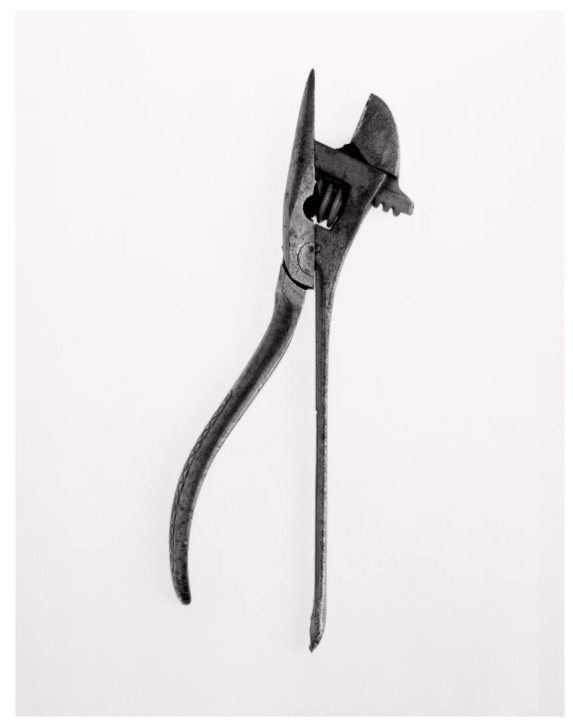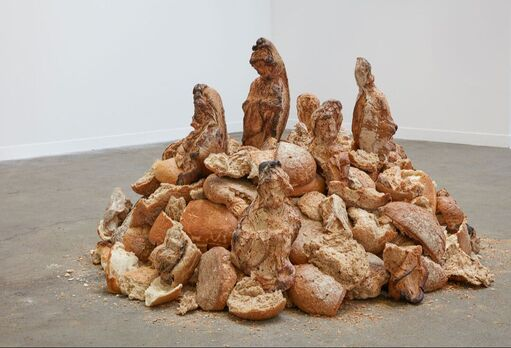Walker Evans:
Walker Evans was an American photographer and photojournalist who was most well known for his work for the Security Administration, documenting the effects of The Great Depression; his most famous photo being a portrait of Allie Mae Burroughs. Evans was born November 3rd, 1903 and died April 10th, 1975.

Walker Evans- Beauties of the common tool- 1955Walker Evans took photographs of common tools that people are used to and familiar with seeing but turned them into something extraordinary as he isolates them by themselves against a dull, grey/white background.
By only having one tool in the photographs, it forces the person viewing them to take a greater appreciation for the tools, looking at the finer details of them.
Walker Evans captured the tools from a birds eye view, using natural lighting. He also managed to get no/ minimal shadows. Evans would slightly raise the tools which helps make them stand out compared to the equally dull background.
Darren Harvey-Regan:
Darren Harvey-Regan is a photographer who melds photography with sculpture. He is interested in the means of transition from one form of representation to another and in the overlaps that confuse and rephrase such movements. His works challenge the viewer to distinguish where representation ends and the object begins. Darren graduated from the Royal College of Art and has appeared in many exhibitions.

Darren Harvey-Regan- Beauties of the common tool, rephrased II, 2013At first glance, this photograph looks quite dull and unenticing due to the lack of colour in the photograph. However, as you look more closely, you discover that the photograph is actually a combination of two tools collaged together to create one image. There are also no shadows seen in the image, causing the focus to be purely on the tools in front of you. By Darren Harvey-Regan using a white negative space in the background, it means that your attention immediately goes to the object and you can begin to appreciate the simple yet creative image he has made.

Custom baked bread, 2019I think this image is a good depiction of how his work challenges the viewer to distinguish where representation ends and the objects begin as when I first looked at the picture, I saw mini statues of people. However, when I took a closer look at the image, I realised that these supposed statues were bread. Although I now knew they were bread, I could still see the statue like figures in the image, highlighting Darren’s ability to mix representation and objects smoothly.
Comparing Walker Evans and Darren Harvey-Regan’s art:
Although the two photographers photograph tools, they both do this very differently. For example, Walker Evans’ images have a vintage, old feel to them due to the majority of the tools he photographs looking quite used and the background being grainy. Whereas, with Darren Harvey-Regan’s images, the background is a bright, smooth, white colour, making the images look more modern. Walker Evans also tends to have more of a sepia tone in his photographs but Darren Harvey-Regan’s images have a more colder tone due to his subtle blue tones in his photographs.

Walker Evans- Beauties of the common tool- 1955
Darren Harvey-Regan- Beauties of the common tool II, 2013Additionally, Walker Evans focusses on photographing only one tool whereas Darren Harvey-Regan merges multiple tools together to create one extraordinary image. Overall, I think both of the photographers manage to successfully capture the beauty of the simple yet useful tools. However, if I were to do a photoshoot in response to these artists, I would try and include more colour in my images as I feel it will help bring more attention to the photographs and make them more interesting and engaging to look at as in Walker Evan’s and Darren Harvey-Regan’s work, their images are quite dull due to it being black and white.
